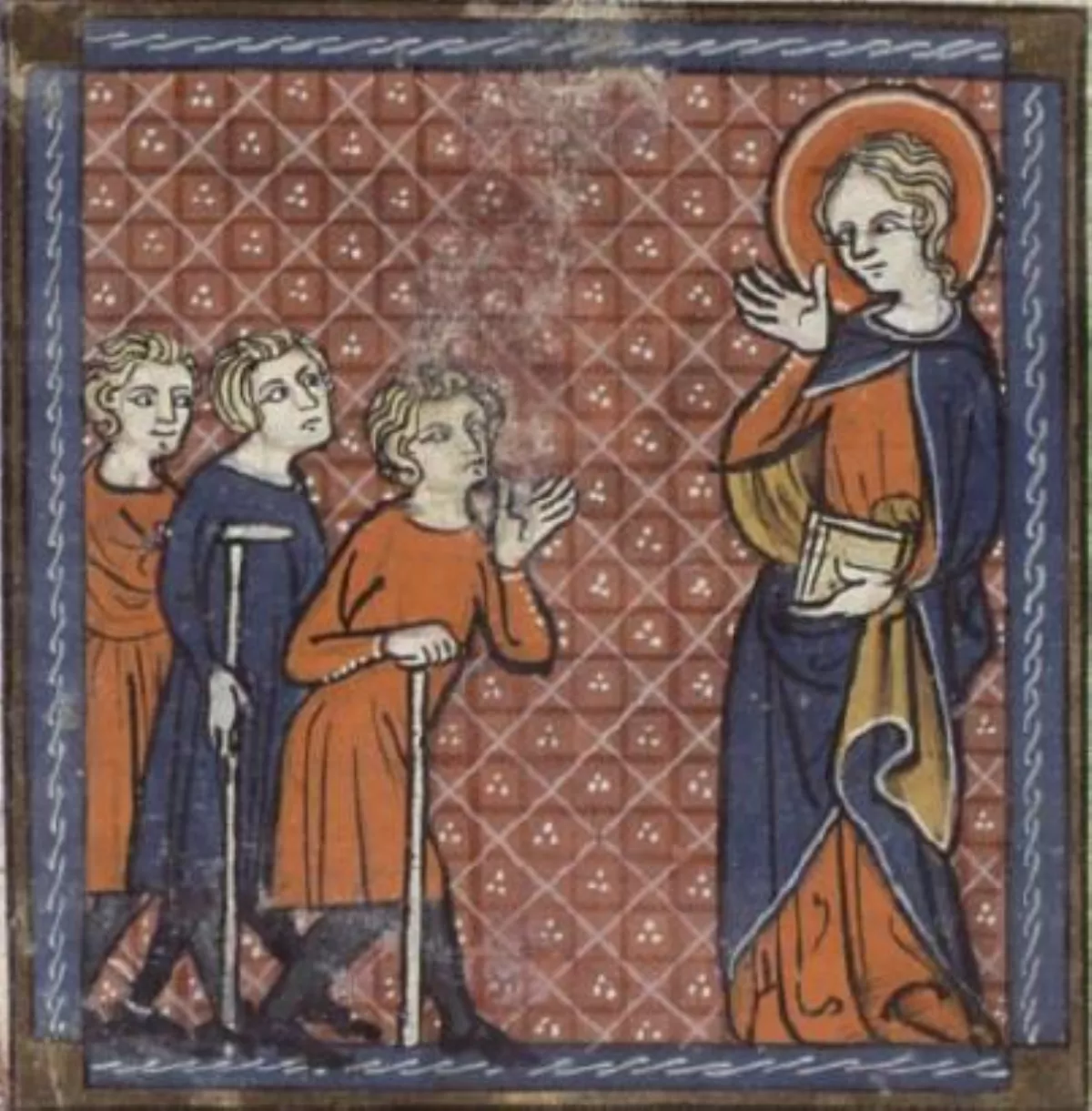 1.
1. Saint Petronilla is venerated as a virgin by the Catholic Church.

 1.
1. Saint Petronilla is venerated as a virgin by the Catholic Church.
Saint Petronilla died in Rome at the end of the 1st century, or possibly in the 3rd century.
Stories associated with her include those that relate that she was so beautiful that Peter had locked her up in a tower to keep her from eligible men; that a pagan king named Flaccus, wishing to marry her, led Saint Petronilla to go on a hunger strike, from which she died.
The absence of her name from the 4th-century Roman calendar of feasts suggests that Saint Petronilla died at the end of the first or during the 2nd century, since no special feasts for martyrs were celebrated during this period.
Saint Petronilla was identified at Rome with this supposed daughter of Peter, probably because of her name and the great antiquity of her tomb.
Saint Petronilla appears in the legendary Acts of the martyrs Nereus and Achilleus and in the Liber Pontificalis, but as a virgin rather than as a martyr.
The second name comes from Petro or Petronius, and, as the name of the great-grandfather of the Christian consul, Titus Flavius Clemens, was Titus Flavius Petro, it is very possible that Saint Petronilla was a relative of the Christian Flavii, who were descended from the senatorial family of the Aurelii.
In 757 the coffin containing the mortal remains of Saint Petronilla was transferred to an old circular building near Old St Peter's.
Saint Petronilla's chapel became the burial place for French kings.
When St Peter's was rebuilt in the 16th century, the old chapel and former mausoleum was demolished and Saint Petronilla's relics were translated to an altar dedicated to her in the upper end of the right side-aisle of the new basilica.
Saint Petronilla is patroness of the dauphins of France because a dolphin was reputedly found carved on her sarcophagus.
The Healing of St Saint Petronilla is the name of a tapestry made for Guillaume de Hellande, Bishop of Beauvais, in the 15th century.
The only Anglican church dedicated to Saint Petronilla is the parish church of the village of Whepstead in Suffolk.